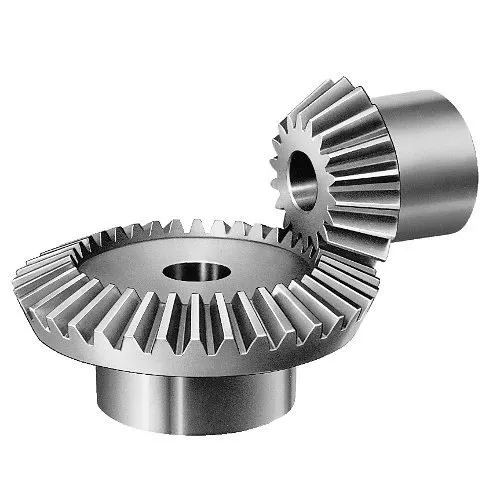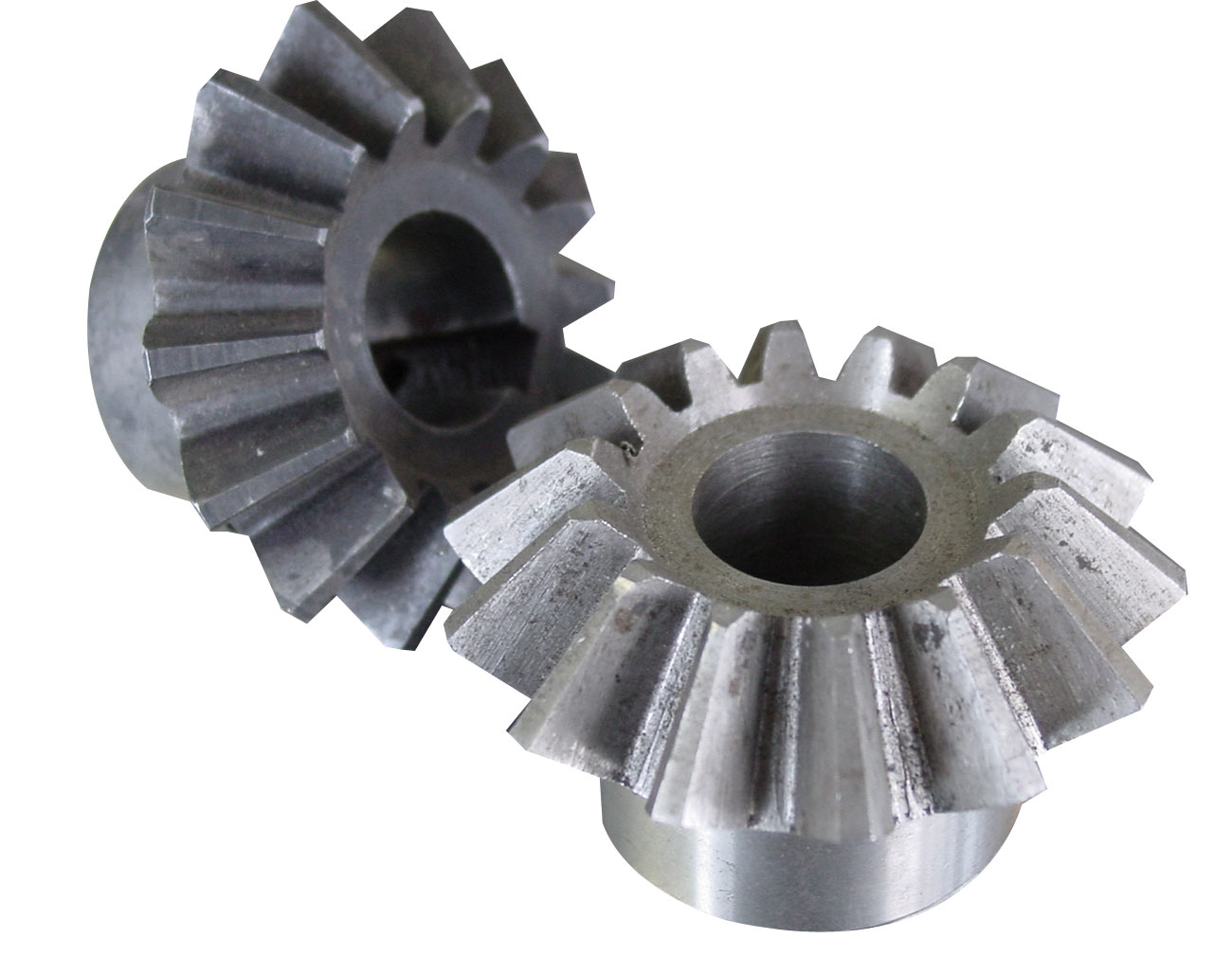Product Description
Customer High Precision Manufacturer Steel /Pinion/Straight/Helical Spur
Planetary/Transmission/Starter/ CNC machining/Drive Gear
Our advantage:
*Specialization in CNC formulations of high precision and quality
*Independent quality control department
*Control plan and process flow sheet for each batch
*Quality control in all whole production
*Meeting demands even for very small quantities or single units
*Short delivery times
*Online orders and production progress monitoring
*Excellent price-quality ratio
*Absolute confidentiality
*Various materials (stainless steel, iron, brass, aluminum, titanium, special steels, industrial plastics)
*Manufacturing of complex components of 1 – 1000mm.
Production machine:
| Specification | Material | Hardness |
| Z13 | Steel | HRC35-40 |
| Z16 | Steel | HRC35-40 |
| Z18 | Steel | HRC35-40 |
| Z20 | Steel | HRC35-40 |
| Z26 | Steel | HRC35-40 |
| Z28 | Steel | HRC35-40 |
| Custom dimensions according to drawings | Steel | HRC35-40 |
Production machine:
Inspection equipment :
Gear tester
| Application: | Motor, Electric Cars, Motorcycle, Machinery, Agricultural Machinery, Car |
|---|---|
| Hardness: | Hardened Tooth Surface |
| Gear Position: | Internal Gear |
| Manufacturing Method: | Rolling Gear |
| Toothed Portion Shape: | Spur Gear |
| Material: | Steel |
| Customization: |
Available
| Customized Request |
|---|

What is the impact of tooth profile on the efficiency of miter gears?
The tooth profile of miter gears plays a crucial role in determining their efficiency. Miter gears are a type of bevel gears that transmit rotational motion between intersecting shafts. The tooth profile refers to the shape and design of the teeth on the gear.
The efficiency of miter gears is influenced by several factors related to the tooth profile:
- Tooth Shape: The shape of the teeth can significantly affect the efficiency. Ideally, the tooth profile should have a smooth and gradual transition from one tooth to the next. This ensures a uniform distribution of load and minimizes the impact of meshing forces, resulting in higher efficiency.
- Tooth Size: The size of the teeth, including their length and width, can impact the efficiency of miter gears. Larger teeth generally provide better load-carrying capacity and reduce the risk of tooth failure. However, excessively large teeth can increase friction and reduce efficiency.
- Tooth Helix Angle: The helix angle of the teeth determines the spiral orientation of the gear. Miter gears with a higher helix angle tend to have smoother meshing action and lower noise levels. This can contribute to improved efficiency by reducing friction and minimizing energy losses.
- Tooth Contact Pattern: The contact pattern between the teeth of miter gears should be optimized for efficient power transmission. Proper tooth contact ensures uniform load distribution and minimizes localized wear. A well-designed tooth profile creates a desirable contact pattern, resulting in higher efficiency.
Therefore, when designing or selecting miter gears, careful consideration should be given to the tooth profile. Optimal tooth shape, size, helix angle, and contact pattern can significantly enhance the efficiency of miter gears, leading to improved overall performance and reduced energy losses.

How do you calculate the gear ratio in a miter gear assembly?
The gear ratio in a miter gear assembly can be calculated by considering the number of teeth on the gears involved. Here’s a step-by-step explanation:
1. Determine the Number of Teeth:
Identify the number of teeth on both the driving gear (input gear) and the driven gear (output gear) in the miter gear assembly. The number of teeth can usually be found in the gear specifications or by physically counting the teeth.
2. Calculate the Gear Ratio:
To calculate the gear ratio, divide the number of teeth on the driven gear (output gear) by the number of teeth on the driving gear (input gear). The formula for calculating the gear ratio is:
Gear Ratio = Number of Teeth on Driven Gear / Number of Teeth on Driving Gear
3. Simplify the Ratio (Optional):
If the resulting gear ratio is a fraction, it can be simplified to its simplest form. Divide both the numerator and the denominator by their greatest common divisor to simplify the ratio.
4. Interpret the Gear Ratio:
The gear ratio indicates the relationship between the rotational speed or angular velocity of the driving gear and the driven gear. It represents how many times the driven gear rotates for each rotation of the driving gear. For example, a gear ratio of 2:1 means that the driven gear rotates twice for every rotation of the driving gear.
5. Consider the Significance:
The gear ratio has practical implications in determining the mechanical advantage and speed reduction/amplification in a miter gear assembly. A gear ratio greater than 1 indicates a speed reduction and increased torque, while a gear ratio less than 1 indicates a speed amplification and decreased torque.
In summary, the gear ratio in a miter gear assembly is calculated by dividing the number of teeth on the driven gear by the number of teeth on the driving gear. This ratio represents the relationship between the rotational speeds of the gears and provides insights into the mechanical advantage and speed transformation in the gear assembly.

What industries commonly use miter gears in their applications?
Miter gears are widely employed in various industries due to their unique characteristics and advantages. Here are some industries that commonly use miter gears in their applications:
1. Automotive Industry:
In the automotive industry, miter gears are commonly found in differentials. Differentials are responsible for distributing torque between the wheels, allowing them to rotate at different speeds during cornering. Miter gears play a crucial role in transmitting power from the driveshaft to the wheels at a right angle, enabling efficient torque distribution.
2. Robotics:
Miter gears are extensively used in robotics for transmitting power and motion between intersecting shafts. Robots often require changes in the direction of rotation, and miter gears enable smooth and efficient redirection of power at a 90-degree angle. They find applications in robotic arms, grippers, and various other robotic mechanisms.
3. Manufacturing and Machinery:
Miter gears are utilized in manufacturing and machinery for power transmission and speed adjustment. They find applications in various types of machinery such as printing machinery, woodworking tools, and conveyor systems. Miter gears allow for efficient transmission of power between perpendicular axes, enabling the precise and controlled operation of these machines.
4. Aerospace and Defense:
In the aerospace and defense industries, miter gears are employed in various applications. They are used in aircraft engines, navigation systems, weapon systems, and other critical mechanisms. Miter gears provide reliable power transmission and direction changes in space-constrained environments.
5. Marine Industry:
Miter gears find applications in the marine industry for transmitting power and motion between intersecting shafts on boats, ships, and other watercraft. They are used in propulsion systems, steering mechanisms, and other marine equipment that require changes in shaft direction.
6. Camera and Optics:
Miter gears are utilized in camera lenses and other optical equipment to change the direction of rotational motion. They enable precise adjustment of focus, zoom, and other lens functions. Miter gears help ensure accurate alignment and smooth operation in optical systems.
7. Other Applications:
In addition to the industries mentioned above, miter gears are also found in applications such as mechanical clocks, medical devices, agricultural machinery, and more. Their versatility and ability to transmit power at a right angle make them suitable for diverse mechanical systems.
In summary, miter gears are commonly used in industries such as automotive, robotics, manufacturing and machinery, aerospace and defense, marine, camera and optics, as well as in various other applications. The unique capabilities of miter gears make them valuable for efficient power transmission and direction changes in a wide range of industries and mechanical systems.


editor by CX 2023-09-28